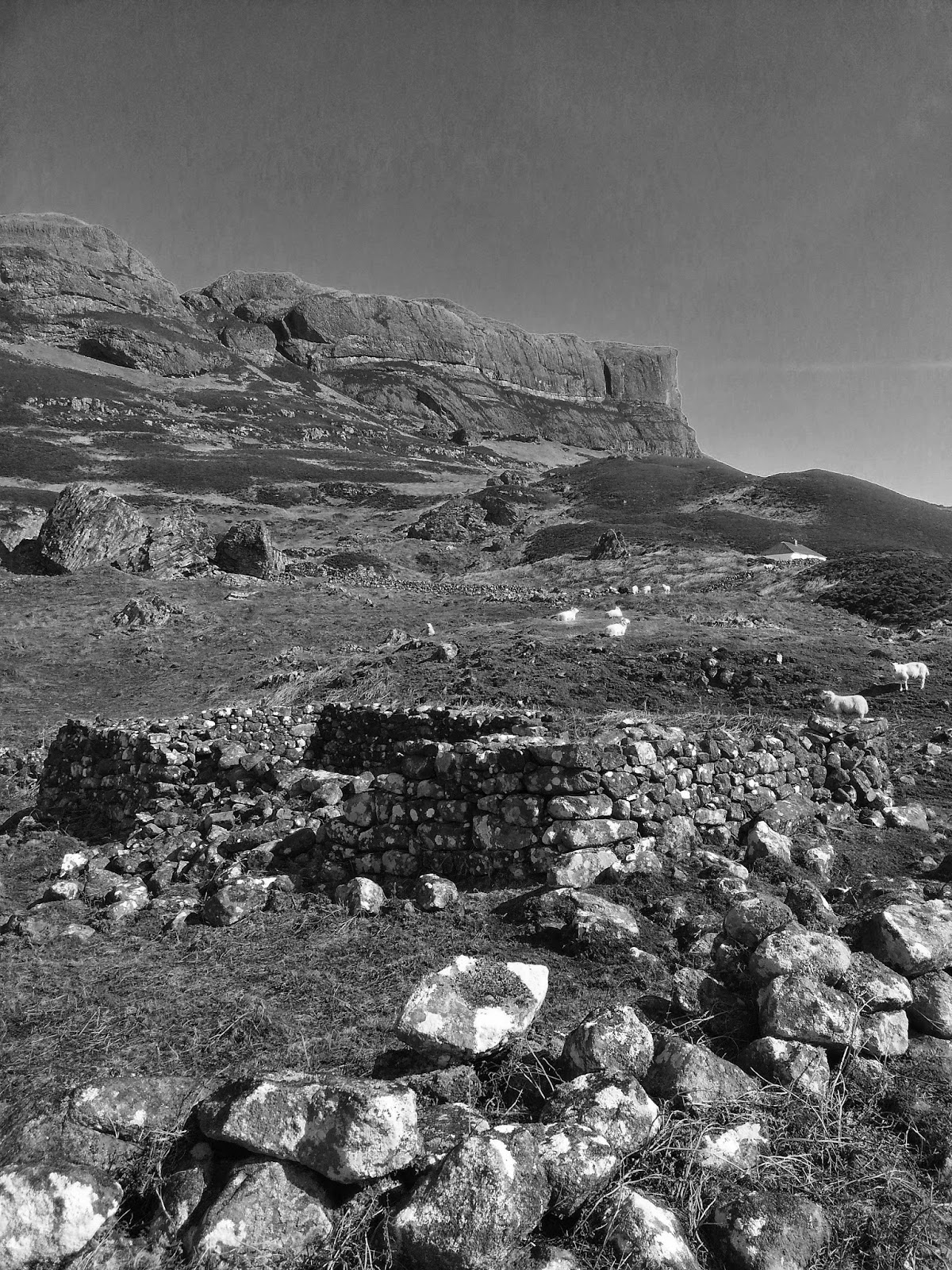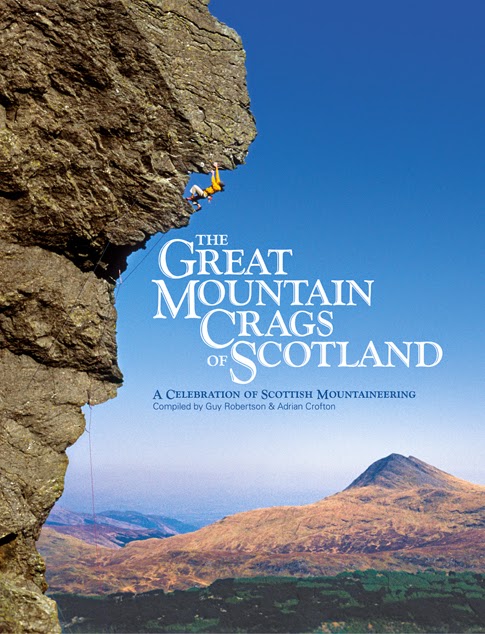Spring Blocs Scotland
There is that magical transitional time in Scotland between the green dankness of winter and the dreaded muggy midgeness of summer ... a dry springtime. April 2017 was cool and fairly dry so allowing some pleasant sessions on the blocs and the sudden blazing high that arrived at the start of May turned the highlands into a paradise with a cool north-easterly airflow. Those lucky enough to have some time off would have had some good bouldering days out in big landscapes, or even small ones!
Dave MacLeod climbed a long-term project at the Arisaig Cave called Lithium (8b+). He wrote absorbingly about the battle on his blog >>> Dave has, over the years, been working through some of the hardest and longest boulder problems in Scotland, and he seems also to be working through the classic Nevermind album for naming inspiration - quite right too!
Tom Charles-Edwards climbed the big prow which is the centrepiece of Arran's vast rocky litter in Coire nan Ceum, giving it a grade of 7b+ and calling it Vertigo. Tom's approach to remote Scottish bouldering is low-key and impressively minimal and pure: no mats, ground-up, no ropes - a walk-up-and-do-it approach!
Dave MacLeod climbed a long-term project at the Arisaig Cave called Lithium (8b+). He wrote absorbingly about the battle on his blog >>> Dave has, over the years, been working through some of the hardest and longest boulder problems in Scotland, and he seems also to be working through the classic Nevermind album for naming inspiration - quite right too!
Lithium 8b+
Vertigo, 7b+, Arran, Coire nan Ceum
Some bits and pieces from the fine weather:
Nigel on Twiglets, Torridon
Torridon Bloc



